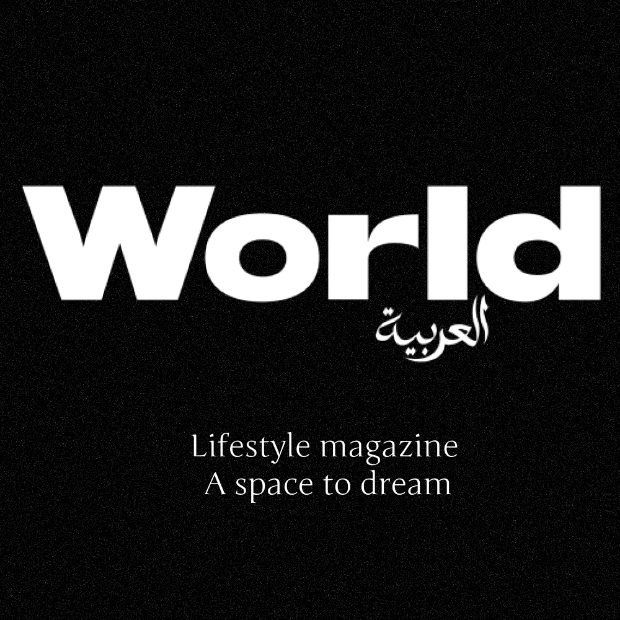RIYADH: Saudi Arabia's bank loans surged to SR2.88 trillion ($768.93 billion) in October, marking a 12.46 percent annual increase and the highest level in 20 months, according to official data.
Figures from the Saudi Central Bank, or SAMA, indicate that this growth is driven by robust corporate and personal lending trends, fueled by the Kingdom's expanding economic activities. Corporate loans were the primary driver, jumping 15.77 percent to SR1.54 trillion, highlighting the significant contributions from sectors like real estate, wholesale, retail, and manufacturing.
Real estate activities led the charge, accounting for 20.29 percent of corporate lending and growing by 27.37 percent to SR312.4 billion. Wholesale and retail trade made up 13 percent of corporate lending, reaching SR200.63 billion with a 9.06 percent annual growth rate. The manufacturing sector, crucial for Vision 2030's economic diversification goals, represented 11.68 percent of lending at SR180.05 billion.
Meanwhile, electricity, gas, and water supplies contributed 11.32 percent to the total, growing significantly by nearly 30 percent to reach SR174.57 billion. Professional, scientific, and technical activities, though holding a smaller 0.54 percent share of corporate credit, saw the most significant surge, with a 53.55 percent growth rate to SR8.27 billion.
Personal loans grew 8.89 percent annually to SR1.34 trillion, reflecting continued confidence in consumer lending and the Kingdom's economic diversification strategies. In October, Saudi banks' loans-to-deposits ratio also increased to 80.73 percent, up from 79.69 percent in the same month of 2023.
SAMA has set a regulatory limit of 90 percent for loans-to-deposits ratios, balancing banks' lending capacity with liquidity stability while supporting economic growth through corporate and individual borrowing. Compared to other GCC nations, SAMA's cap reflects a more cautious approach, prioritizing liquidity stability in the banking sector.
Saudi Arabia's corporate and real estate lending are experiencing unprecedented growth, driven by favorable economic conditions, government initiatives, and strategic investments under Vision 2030. As the Kingdom accelerates its transformation, the demand for financing across key sectors, particularly real estate, has surged, reflecting rapid urbanization and infrastructure development.
The Saudi Central Bank's decision to mirror the US Federal Reserve's policies, reducing interest rates by 50 basis points in September and an additional 25 basis points in November, has created an attractive borrowing environment. This rate adjustment is expected to further boost real estate lending, allowing developers and individuals to capitalize on lower financing costs.
Real estate development remains central to Saudi Arabia's economic diversification goals. Under Vision 2030, initiatives to position Riyadh as a global business hub and the Regional Headquarters Program have significantly increased demand for commercial real estate. These efforts are complemented by giga-projects like NEOM and Red Sea Global, which are redefining urban landscapes with sustainable and energy-efficient designs.
The Public Investment Fund's commitment to green building practices, with over $19.4 billion allocated to eligible green projects, underscores the alignment between real estate growth and environmental sustainability. In October, PIF highlighted its green bond investments, including $6.3 billion earmarked for green building projects, aiming to set new standards in energy efficiency.
The growing share of wholesale and retail trade lending by Saudi banks reflects the sector's pivotal role in the Kingdom's economic evolution. This expansion is underpinned by government incentives, private sector dynamism, and increased consumer demand. The Saudi government has actively encouraged the growth of this sector through measures like tax exemptions, financing initiatives, and technology transfer programs.
Consumer demand is a key driver, with rising interest in diverse products such as electronics, apparel, and food items. The emergence of e-commerce platforms has further revolutionized the sector, enabling online retailers to reach broader audiences with ease, thereby increasing market participation.
According to data from 6Wresearch, such initiatives have heightened competition, lowered prices, and benefited both consumers and traders, adding to the sector's momentum. The sector's importance is also evident in employment trends, with the wholesale and retail trade sector employing over 1.64 million people in the second quarter of 2024.
However, challenges persist. Intense competition, pricing pressures, and the entry of international brands partnering with local retailers are sparking pricing wars that could erode profit margins for some players. Despite these hurdles, ongoing government support and initiatives like Vision 2030 promise to create new investment opportunities, reinforcing the wholesale and retail trade sector as a cornerstone of Saudi Arabia's economic future.
Source link: https://www.arabnews.com






